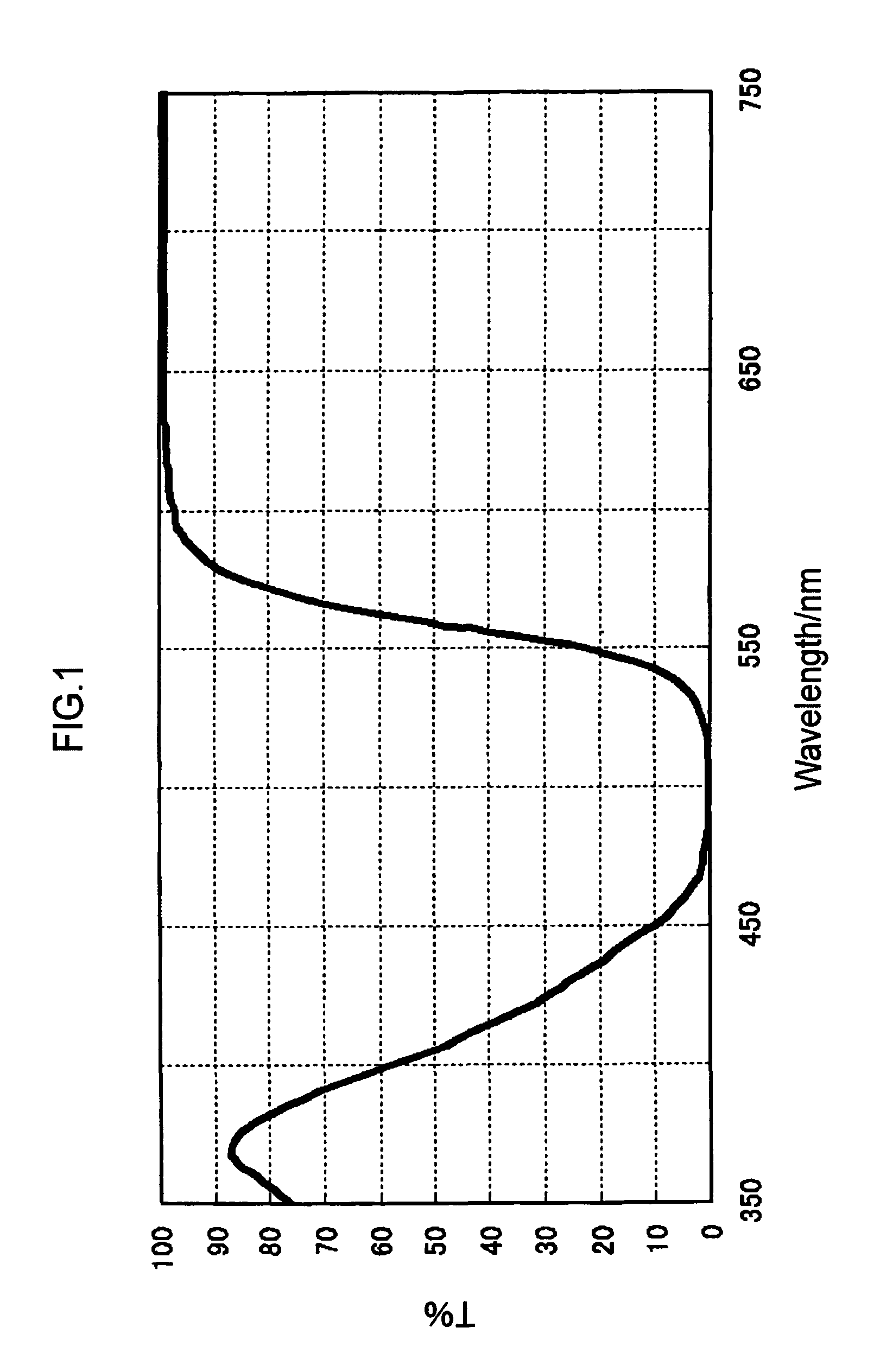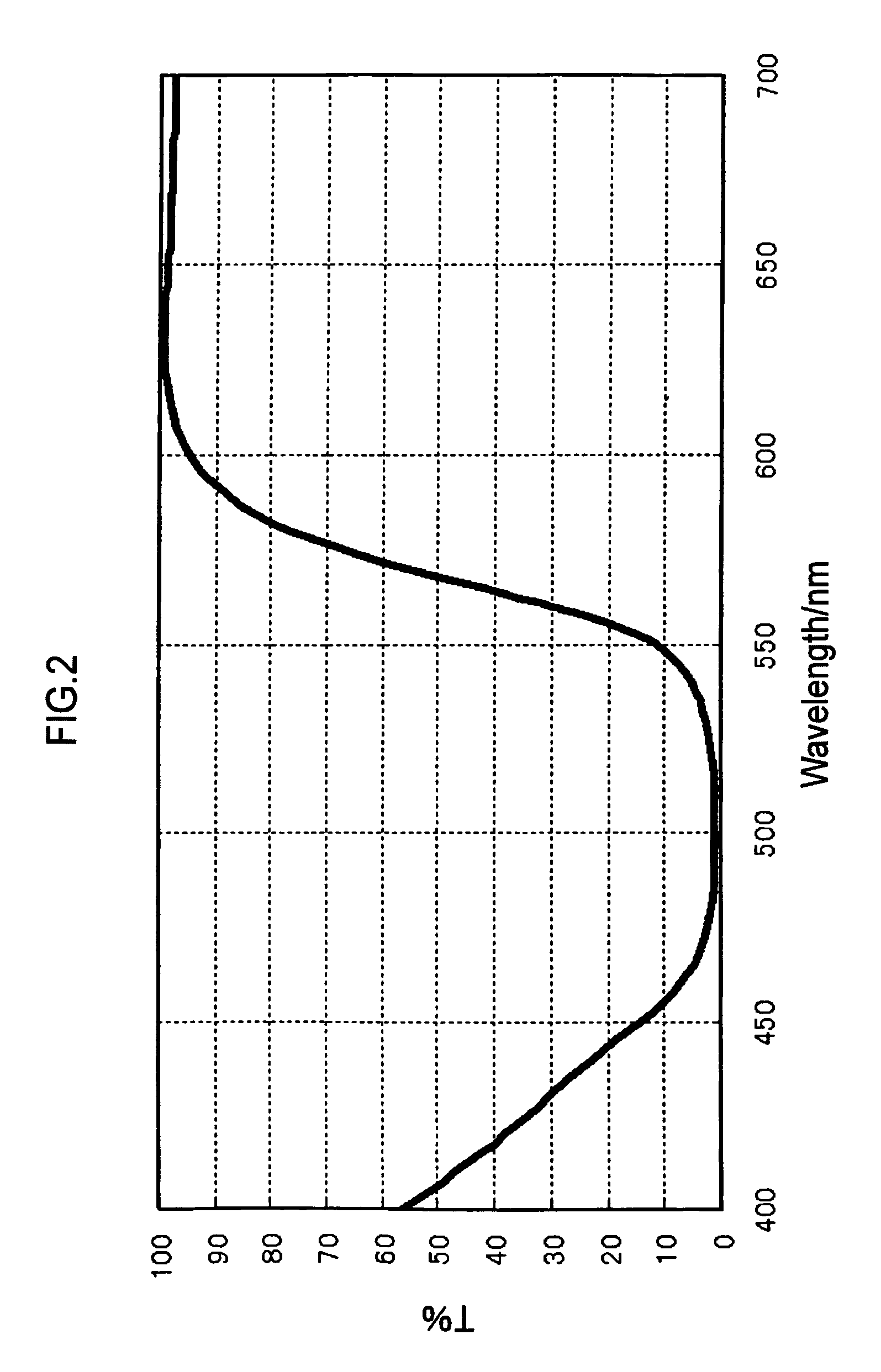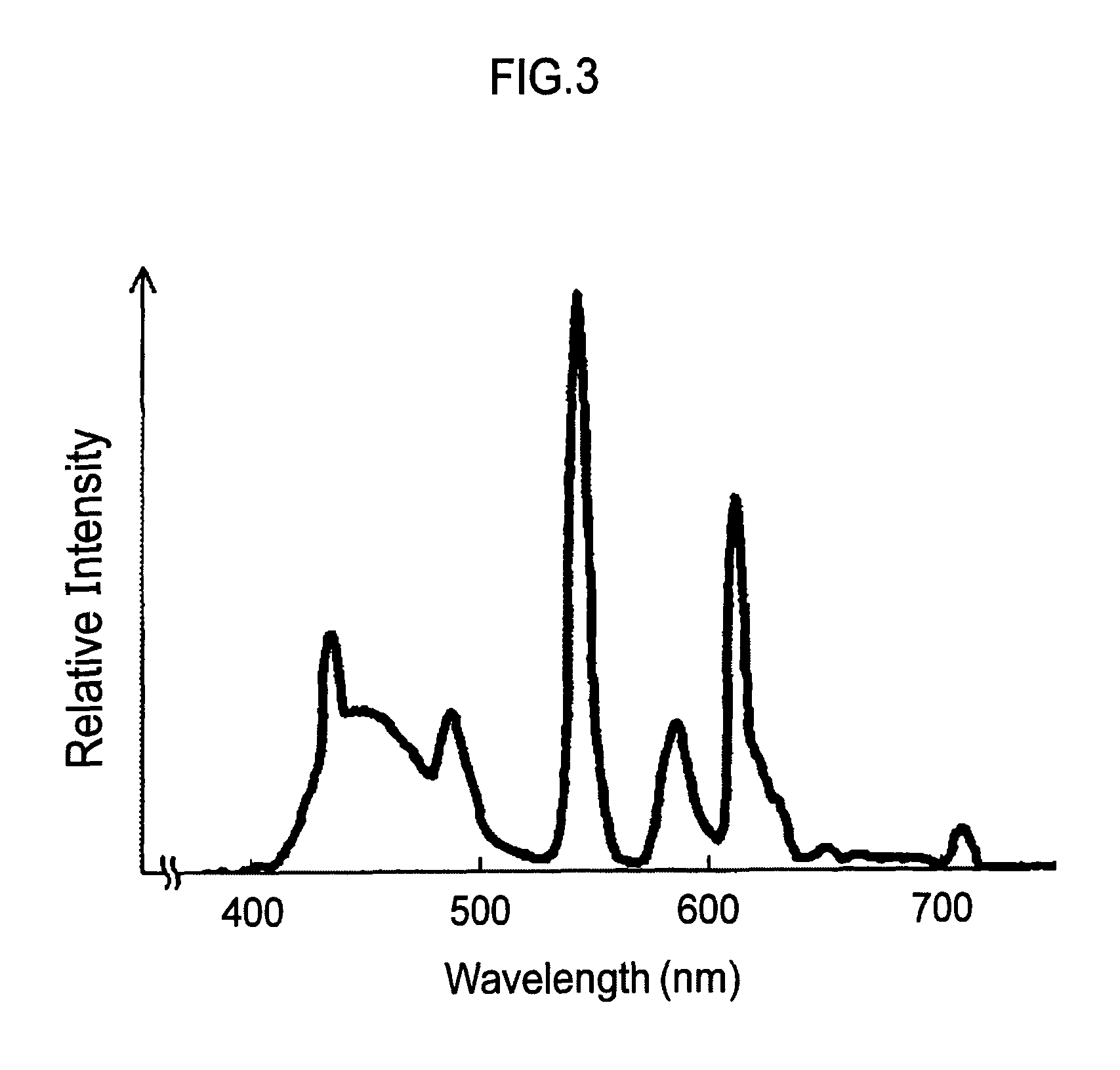Colored curable composition, color resist, ink-jet ink, color filter and method for producing the same, solid-state image pickup device, image display device, liquid crystal display, organic el display, and colorant compound and tautomer thereof
a color filter and composition technology, applied in the field of color curable compositions, can solve the problems of increasing the difficulty of application of photolithographic methods using pigment dispersion methods for enhancement of definition, difficult control of solubility (developability) of exposed parts and unexposed parts, etc., to achieve excellent color purity, heat resistance and excellent jetting stability
- Summary
- Abstract
- Description
- Claims
- Application Information
AI Technical Summary
Benefits of technology
Problems solved by technology
Method used
Image
Examples
synthesis example 1a
[0599]
[0600]In accordance with the following synthesis scheme, Exemplified Compound 6a was synthesized by the following method.
[0601]
[0602]
[0603]To a reaction container were added 120.5 g (1.48 mol) of sodium thiocyanate and 280 mL of methanol, and an internal temperature of the reaction container was warmed to 55° C. 200 g (1.48 mol) of 1-chloro pinacolone (a) was added dropwise thereto over 30 minutes. After the dropwise addition was completed, the mixture was reacted at an internal temperature of 55° C. for 2 hours. After the reaction was completed, an internal temperature was cooled to 10° C., and 250 mL of water was added, followed by stirring at 10° C. for 30 minutes. Then, crystals were separated by filtration to afford 218 g (yield: 94%) of an intermediate (b) as white crystals. Mass analysis results: (m / z)=158 ([M+1]+, 100%).
[0604]
[0605]To a reaction container were added 157 g (1 mol) of the intermediate (b), 800 mL of toluene, and 28.6 mL of acetic acid, and an internal te...
example 1a
[0639](1) Preparation of Resist Solution A (Negative Type)
[0640]The compounds in the following composition were mixed and dissolved to prepare a resist solution A.[0641]Propylene glycol monomethylether acetate: 5.20 parts[0642]Cyclohexanone: 52.6 parts[0643]Binder: 30.5 parts
[0644](benzyl methacrylate / methacrylic acid / 2-hydroxyethyl methacrylate) copolymer (molar ratio=60:20:20), average molecular weight 30200 (in terms of polystyrene), 41% cyclohexanone solution[0645]Dipentaerythritol hexaacrylate: 10.2 parts[0646]Polymerization inhibitor (p-methoxyphenol): 0.006 parts[0647]Fluorine-containing surfactant (trade name: F-475, manufactured by DIC corporation): 0.80 parts[0648]Photopolymerization initiator: 4-benzoxolane-2,6-bis(trichloromethyl)-s-triazine (TAZ-107, manufactured by Midori Kagaku Co., Ltd.): 0.58 parts.
[0649](2) Preparation of Glass Substrate with Undercoat Layer
[0650]A glass substrate (Corning 1737) was ultrasonically washed with an aqueous solution of 0.5% NaOH, and t...
examples 2a to 12a
[0696]In Section “(3) Preparation of colored curable composition” of Example 1a, a pattern was formed in the same manner as in Example 1a, except that Exemplified Compound 95a was changed to a colorant given in Table 2a (at equal mass). Further, evaluations similar to the above were carried out. The evaluation results are shown in the following Table 2a.
PUM
| Property | Measurement | Unit |
|---|---|---|
| vapor pressure | aaaaa | aaaaa |
| boiling point | aaaaa | aaaaa |
| thickness | aaaaa | aaaaa |
Abstract
Description
Claims
Application Information
 Login to View More
Login to View More - R&D
- Intellectual Property
- Life Sciences
- Materials
- Tech Scout
- Unparalleled Data Quality
- Higher Quality Content
- 60% Fewer Hallucinations
Browse by: Latest US Patents, China's latest patents, Technical Efficacy Thesaurus, Application Domain, Technology Topic, Popular Technical Reports.
© 2025 PatSnap. All rights reserved.Legal|Privacy policy|Modern Slavery Act Transparency Statement|Sitemap|About US| Contact US: help@patsnap.com



